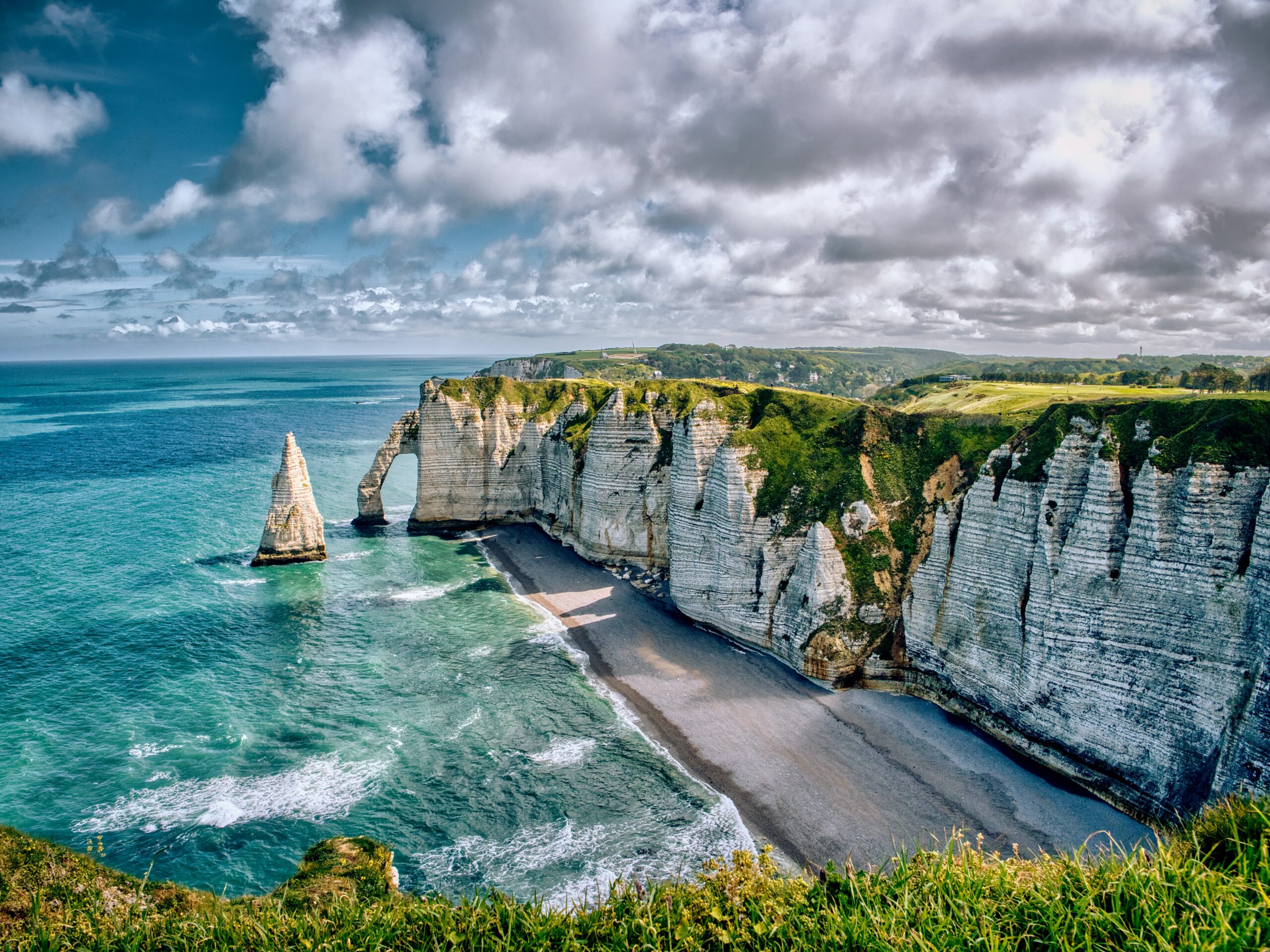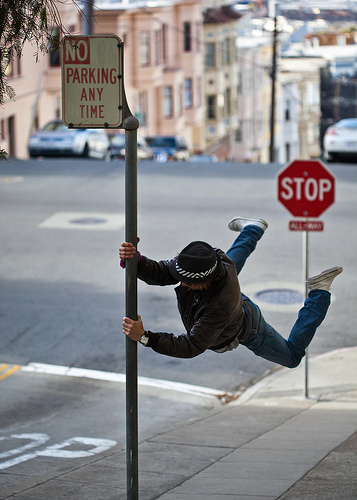5 Tips to Writing about Place in Fiction
Today’s guest post is by Yasmin Chopin.
I am often asked, ‘What is place writing?’ As a field of study, it is frequently linked with the more familiar genres of nature writing, memoir, travel writing, and autobiography. Place can be home, or somewhere you visit, or somewhere you’re traveling through.
Writing place in fiction is a skill worth developing. When place is an essential part of the story, it should be as authentic and whole as any protagonist. When place is more than a backdrop, it takes on a symbolic role that can be portrayed in a variety of ways, from the naming of place to its architecture and weather.
Writing place is most successful when the author has had personal experience of it. Then it can be adapted for the story, embroidered, and renamed under the creator’s pen.
Spend time on the page to accentuate difference. Sometimes it is difficult to find an entry point, so look for a detail in the big picture and expand from there. Treat places like personalities, learn to love them, see them clearly in your mind’s eye, dress them, give them conflicting characteristics, and put them through hell and back.
Maps have become familiar paratextual material; believability is enhanced by geography. As any fan of Thomas Hardy knows, a map can be a helpful device for the reader to keep track. In fact, Hardy drew his own as a way of managing his complicated plots. When he finished Return of the Native, he posted his sketch to the publisher and insisted it be included in the printed volume.
He was not the first to use cartographic drawings to sell a book, and I am not suggesting that you must practice illustration or that your characters should follow a map in their story, but if you develop place to a significant degree in your narrative, the reader might enjoy the opportunity to dive a bit deeper and dwell in the mystery of a graphic depiction.
The skills required to write successfully about place are as essential to the fiction writer as they are to the poet and creative nonfiction writer.
Here are 5 suggestions for you to consider when drafting your next piece:
1. Character development: The places you choose to write about may be real, fictional, or an imaginative fusion of the two. Your characters will each see the same world differently.
Let the reader appreciate fully rounded descriptions of place from the characters’ point of view. Responses to place will vary depending on, for instance, the time of day, seasonal weather conditions, or the character’s mood at any given moment.
2. Sensory perception: Help your reader feel as though they experience place alongside your characters, so give them more than a purely visual interpretation of the scene—let them feel it, smell it, hear it, taste it. I think Cormack McCarthy is a master at this. In the following extract from All the Pretty Horses, the cowboy protagonists take in the natural beauty of their surroundings, and my reaction as a reader is visceral—my eyes sting, my throat tightens:
The grasslands lay in a deep violet haze and to the west thin flights of waterfowl were moving north before the sunset in the deep red galleries under the cloudbanks like schoolfish in a burning sea and on the foreland plain they saw vaqueros driving cattle before them through a gauze of golden dust.
3. Place as anchor: A specific location, such as a meeting place, facilitates exchanges of dialogue and provides familiarity for the reader if it is used on multiple occasions. Zoom in on at least one—a playground, café, or hotel reception, for instance—and let your readers get to know it so well that they could describe it to their friends.
Steven Spielberg’s film The Terminal (2004), in which Tom Hanks and Catherine Zeta-Jones star in a drama that is mostly set in an airport terminal, is a fascinating example of place anchoring action.
4. Emotional triggers: Establish some significant locations in your story where your characters can be set up to experience the good or the bad or through which they can transition or migrate. Various states of being can be triggered by the resonance of place, and by mementoes associated with it.
In literature, triggers become trope-like through repetition; they can be visual or aural to evoke the precise emotions necessary for your story—a front door opens, a clock ticks, a carousel rotates to the sound of looped circus music.
5. Time travel: In your narrative time can be quotidian, yet daily events can be made to feel extraordinary when place is used to dramatize them.
Place is a platform, a stabilizing force, just as the present is in your structuring of tense; place is a base on which time stands still if you want it to, or you can make it fly. As author, you are an instigator of time travel, and place helps you move the story forward or backward along a timeline.
Place can and perhaps ought to be more than a background for your story. Let it drive and define plot. Allow it sufficient room on the page to become the central character. Give it agency so that it prompts reverie or invokes fear. And let the reader become fully acquainted with your scenes.
Take your literary lens into crevices to find extraordinary detail, then zoom out to gain an overarching sense of time and space.
Writing about place can be exacting but great fun. Make it work hard for you. Enjoy it.
 Yasmin Chopin lives in Cambridgeshire, England and draws on her experience as an interior designer and consultant to write about life, home, and place. Yasmin offers a mentoring service to new writers; contact her via her website or find her on Twitter @YasminChopin.
Yasmin Chopin lives in Cambridgeshire, England and draws on her experience as an interior designer and consultant to write about life, home, and place. Yasmin offers a mentoring service to new writers; contact her via her website or find her on Twitter @YasminChopin.
Featured Photo by Allyson Beaucourt on Unsplash










